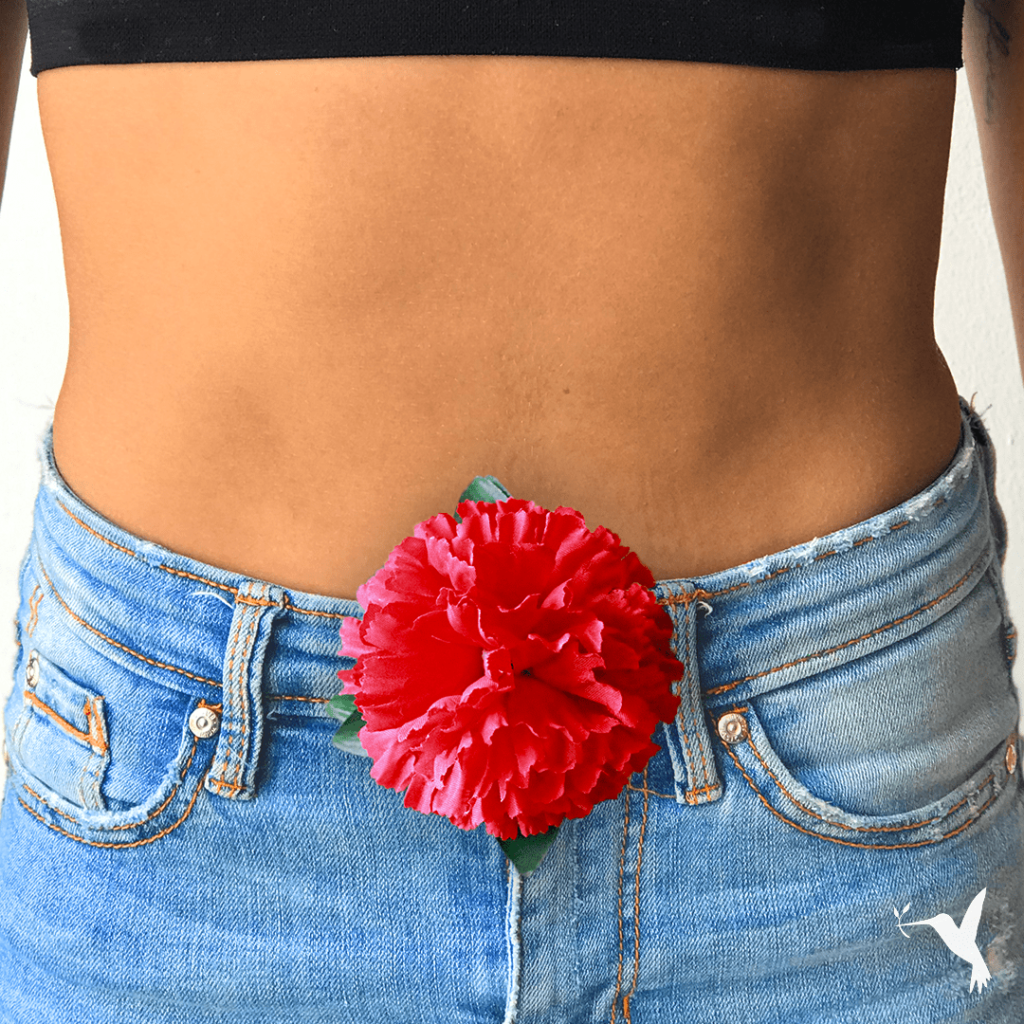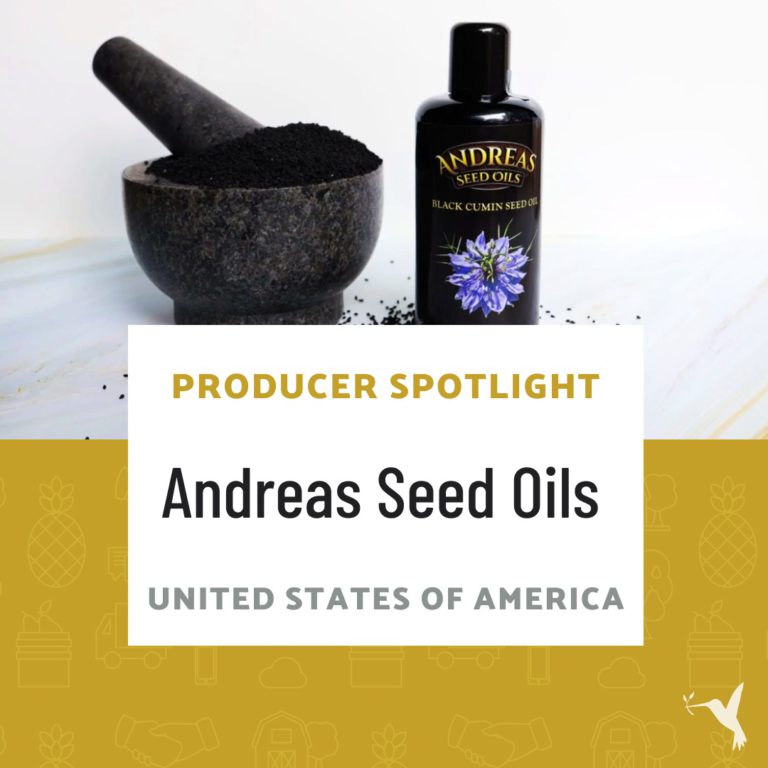How to Support a Healthy Bacteria & Gut Microbiome
Meet Your Gut Microbiome

Our bacterial microbiome—or microflora—refers to the massive amounts of beneficial bacteria that live on and around our bodies. Each one of us has different ratios, combinations and amounts of each bacteria. It is like a bacterial fingerprint for every person. Having a the right amount of good bacteria and a healthy gut microbiome is crucial to well being.
We learn more about “good bacteria” every day. For example, we now know that they support metabolism and digestion. They help control of mood and metabolism. Good bacteria provide immunity against harmful bacteria and preparation of liver products. They even affect our mental health.
Unfortunately, we have learned habits, diets, and behaviors that seem to be catastrophically damaging our internal microenvironment.
Now, plenty of research gives us information to aid and prevent all this damage.
Just like any other organism, bacteria needs to obtain energy from a source. The microfloral bacteria in our intestines use the foods we eat for their survival. So when you eat, you are also feeding your friendly intestinal bacteria too! Lots of what they need are things that we cannot digest ourselves. We generally do not digest compounds like long-chain carbohydrates or lactose. But guess who does? Our good bacteria.
After the digestion though, the bacteria excrete products necessary for our survival (Vitamins K, B1, B9, and B12) that we would not have been able to create without their help. Given this, the good bacteria have methods of choosing what they’re in the mood to eat (and by extension, what we are in the mood to eat), through chemical and physical signals.
These signals are so strong, that our brains have less control over our cravings, food-seeking actions, and overall mood than these bacteria.
This puts into perspective the importance of our digestive microflora!
Microfloral bacteria don’t really like pathogens or any kind of harmful organisms coming into their turf to cause chaos and destruction in their home and eating all their food.
For this reason, our microenvironment creates a protective force against dangerous invaders like Salmonella, pathogenic E. coli, or Clostridium difficile (a very harmful intestinal bacteria that causes Pseudomembranous Colitis) amongst plenty others through brute force or the release of chemicals that prevent the pathogens from growing or wanting to stick around.
When our microflora is out of balance or altered, the dangerous bacteria can take advantage and begin causing disease and damage in the now unprotected area (skin, gut, intestines, throat, or any other unsterile areas of our body).
The liver is the main filter in our body and plays a large role in digesting foods, drugs and other molecules that the gut, intestines, or colon couldn’t. When compounds begin gastrointestinal digestion, they get sent to the liver through the veins for further processing and breaking down.
Our liver works so hard for us!
At the liver, products not ready to be absorbed by cells need to be modified or conjugated depending on the molecule (modification and conjugation are different processes performed by the liver to make them less toxic or more easily absorbed).
Some products aren’t ready to be absorbed after a first round of liver metabolism, though, and return to the intestines through bile. In this second round through the intestines, the conjugated products aren’t all absorbed properly (because of this conjugation) by the gastrointestinal cells.
Our microflora helps deconjugate the indigestible material so they can return one last time to the liver, where the process is completed, and sent to their respective cells to be absorbed or to the kidneys to be urinated. The more complete our beneficial bacterial population becomes, the better off we’ll be.
Toxic Stress, Sleep, & Your Gut Microbiome
Unfortunately, most people have unbalanced microflora because of unhealthy diets. They consume too many toxins and don’t get enough sleep and exercise. Additionally, high levels of stress and abuse of antibiotics affect the biome. If someone eats very unhealthily, the bacteria that will live on inside them will be based on that, propagating their unhealthy diets; the same occurs with a healthy, wide-ranged diet.
The constant intake of toxins like ethanol (alcohol), drugs, cigarettes/tobacco, fluoride/chlorine (in water, normally) does not only damage your body, but your microbiome as well.
Sleep and exercise are two important necessities, and they help the body to break down, release and increase resistance to toxins, stress, and metabolites that can accumulate in our bodies and microflora.
Lack of sleep and exercise, on the other hand, can agitate and weaken our beneficial bacterial populations. Stress is one of the most damaging factors we can impose on ourselves; by extension, the damage to the microflora is drastic as well.
Antibiotics, though very useful in necessary occasions, are the easiest way to damage, alter, and prevent an effective microbiome. Antibiotics have the function of killing bacteria of all shapes and sizes, pathogenic and beneficial, alike.
With this knowledge regarding beneficial bacteria, however, we can take measures to consciously look after one of the most important systems in the body.
What Should I Eat For a Healthy Gut Microbiome?
Although it is a foreign factor, the gut microbiome is very much a part of us. It is important to replace damaging habits, behaviors, and diets for more beneficial alternatives. Our bacterial buddies love to “eat” vegetable fibers, also called “prebiotics”, more than anything!
By eating fibrous vegetables (especially the stocks, stems and roots) we’ll be doing them, and ourselves, a huge favor. As they consume these compounds gladly, and produce short-chain fatty acids necessary for the survival of our cells in the lower intestine and colon.
Not only are there prebiotics in foods, but “probiotics” as well. These are symbiotic (beneficial) bacteria we can eat to add to our already rich internal environment. Fermented foods like yogurt, sauerkraut, kimchi, and kombucha contain bacteria and even some fungi that are accepted into the population with open arms; increasing the benefits proportionally.
All that’s left is to put it into practice, and let healthy eating become healthy thinking, and watch that become healthy living.
Want more content like this? Follow us at @nutrients on Instagram for more!


